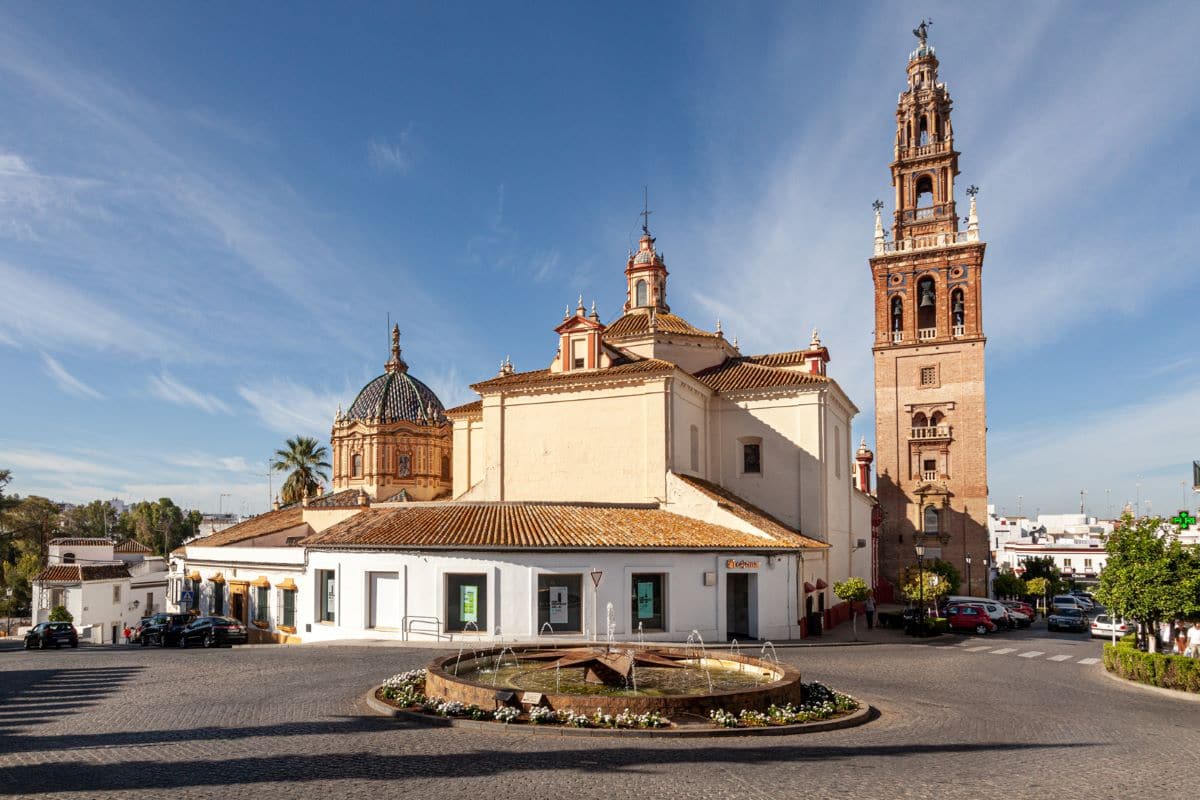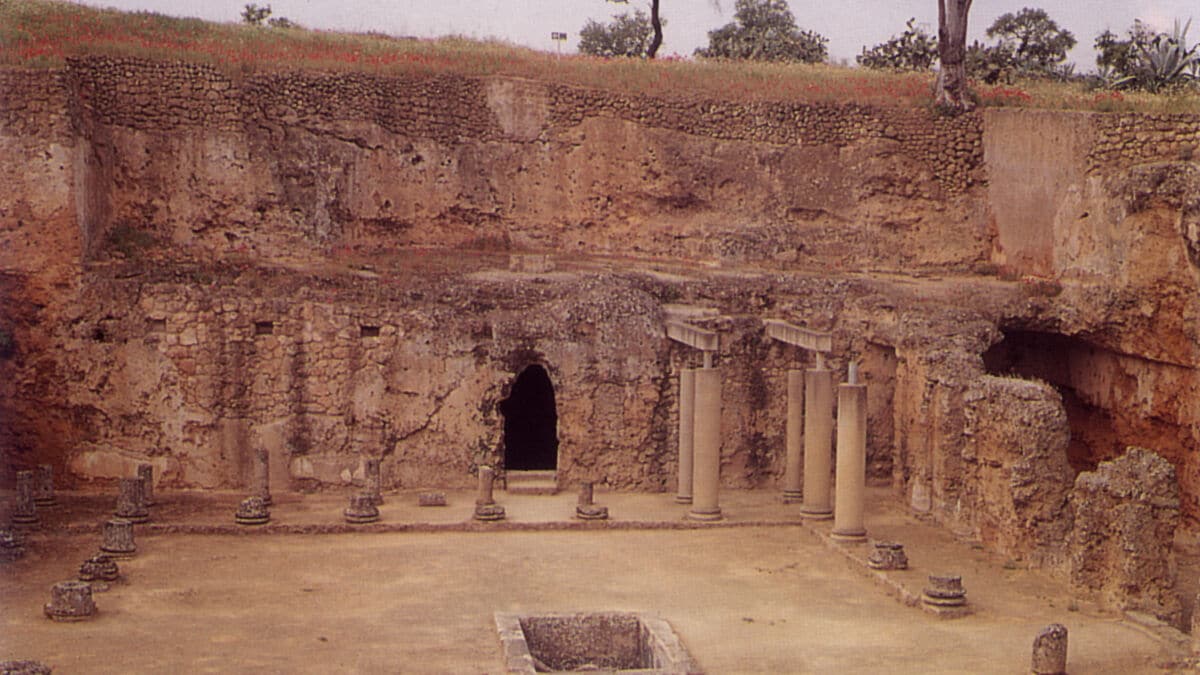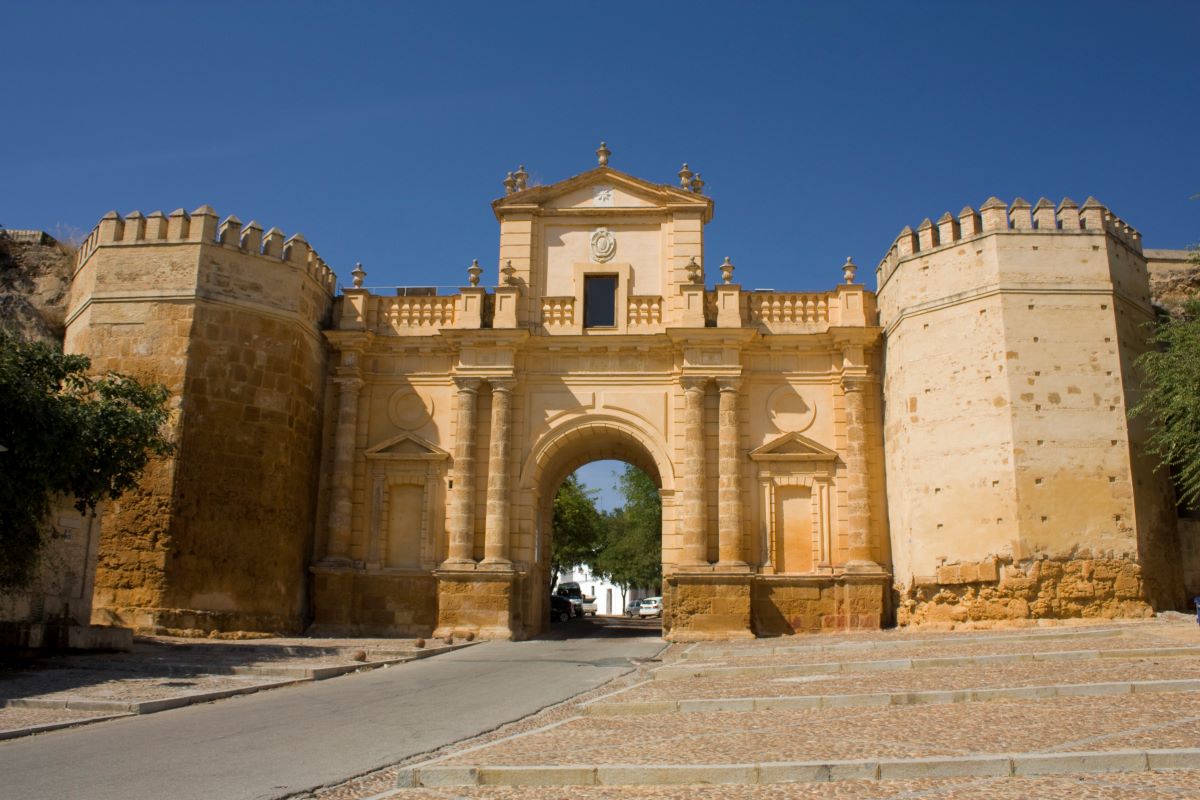
Image | Wikipedia
With more than 5.000 years of history, the Sevillian town of Carmona is one of the most monumental in the province with its amazing archaeological remains, palace-houses, temples and labyrinthine streets that give us testimony of the different cultures (Phoenician, Carthaginian, Roman , Visigoth, Muslim and Christian) that throughout history have passed through the city.
It stands at the top of Los Alcores, in the center of Western Andalusia just 28 kilometers from Seville, which once made it an invincible stronghold. So much so that even the military genius Julius Caesar claimed that it was "the best-defended city in Baetica." For all those travelers who have not yet discovered its tourist attractions, we recommend that you take note of the following post.
When to visit Carmona?
Any time is good to visit Carmona but during the spring, in the month of May, the traditional local fair (dating from the XNUMXth century) is held where women dress in flamenco, which gives the celebration a similar air. to the famous of the April Fair in Seville. During the festivities there are horseback riding and booth competitions. The good thing is that, although the tourist does not have their own booth, there is the municipal one in which different events are organized and you can try typical dishes of Andalusian cuisine.
What to see in Carmona?
The Alcazar of the Puerta de Sevilla
It is one of the most iconic monuments in Carmona. This fortress was built as a defensive purpose to protect the western area, the weakest in the city. It is located in the Plaza de Blas Infante and stands on the Puerta de Sevilla resulting in an almost unconquerable defensive structure.
Some of the places that can be visited by appointment are its walls, several rooms, a patio where there is a cistern dug into the rock and the Torre del Oro from where you have spectacular views of Carmona.
After a major restoration in the 70s, its premises were enabled for the celebration of cultural events.

Image | Seville newspaper
Necropolis of Carmona
In the XNUMXth century there was the discovery of a funerary archaeological complex dating from the XNUMXst century BC that allows us to know how burials were carried out in Roman Hispania according to the social class to which they belonged and the different types of tombs that there were.
The Carmona Necropolis is one of the most important sites in Spain because it preserves many paintings. This burial is accessed through a stepped well and the chamber is quadrangular, with a bench on which the niches were opened and offerings were made.
Carmona amphitheater
It is also important that you visit the Roman amphitheater of Carmona which is located next to the necropolis and also dates from the 18.000st century BC The building was used for different events and for soldiers to train to keep fit. The stands could accommodate XNUMX spectators and the halls were covered with plates of noble material and there were niches for the statues of the emperors and illustrious Carmona.

Image | Wikipedia Daniel VILLAFRUELA
Cordoba gate
During Roman times, Carmona had four gates that allowed the walled city to communicate with the outside world. Today only two remain: the Puerta de Sevilla and the Puerta de Córdoba.
At the time of the Catholic Monarchs, the Puerta de Córdoba lost its original defensive function and, with it, its austere military aspect, taking on a supervisory function for products made outside the walls, acting in practice as a customs office and, therefore, acquiring , a civil architecture.
Archaeological Museum
Throughout history, different cultures have passed through the city of Carmona that have left their mark. The Aquatic Museum reveals its history to the present day. We can see archaeological remains from the Palaeolithic, Tartessian, Roman or Andalusian period. You can also visit the pictorial collection with works by J. Arpa, Rodríguez Jaldón or Valverde Lasarte and view heritage documents. The Museum and Interpretation Center of the City of Carmona is today installed in an old palace from the XNUMXth century: the Casa del Marqués de las Torres.